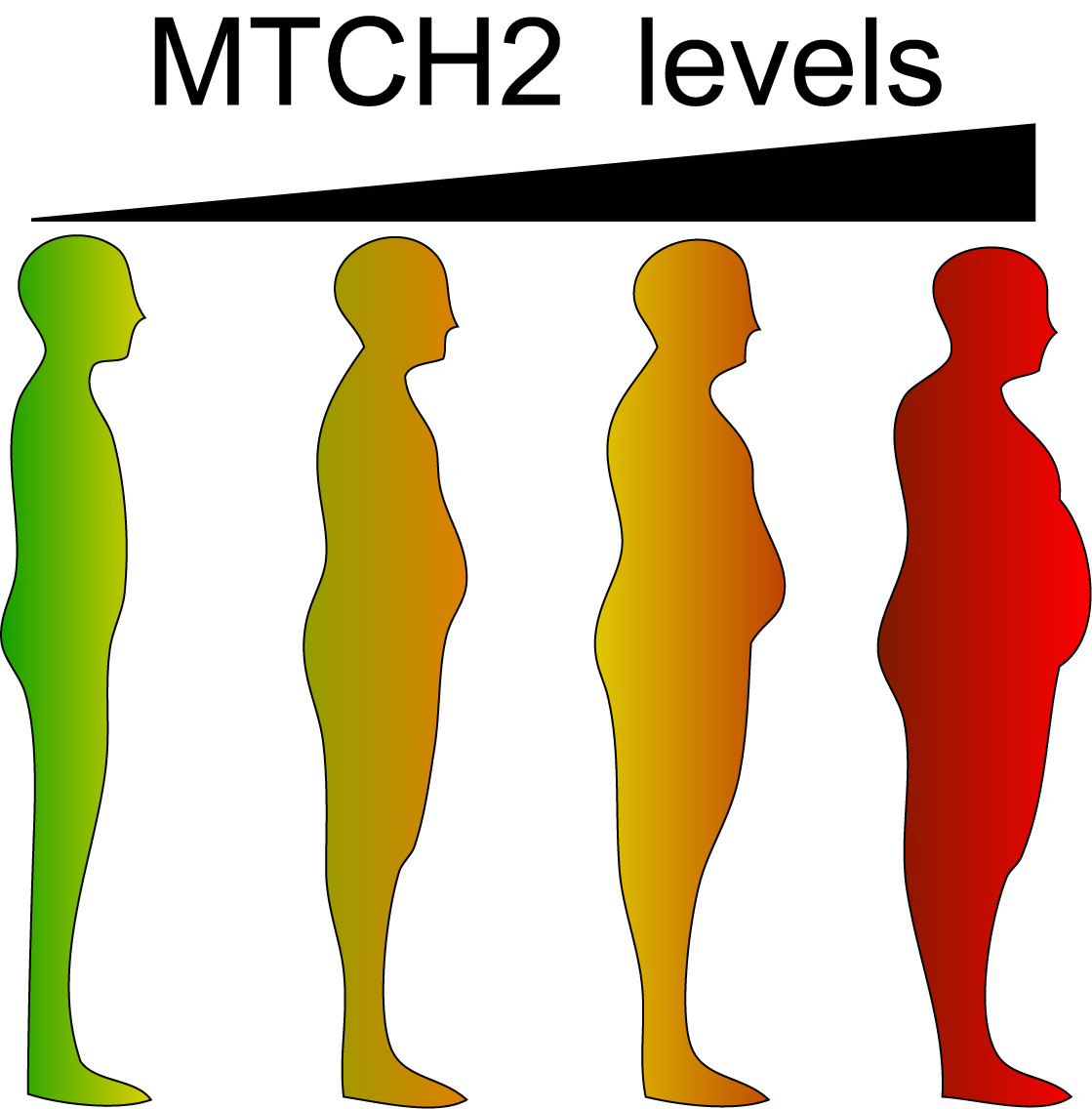Libert Lab fiddles with fat gene, finds intriguing results

Keeping the pounds off can be a pretty daunting problem—and it turns out that looking at the mechanisms which controls this process across the evolutionary tree might help us. A recent study published in the scientific journal Obesity by Dr. Sergiy Libert, assistant professor of cell and molecular biology, discovered that the gene MTCH2 is instrumental in fat accumulation in C. elegans, mammalian cells, and mice—and shows promise as a potential therapeutic target to treat obesity.
Genome-wide association studies studies had found that the MTCH2 gene variants associate with obesity in humans—but other than that, the gene was largely a mystery. “Not a lot was known about MTCH2,” Libert says. “We wanted to see if we could uncover new information.”
First, Libert’s team tinkered with the gene in animals to determine if and how the gene affected fat accumulation across the animal kingdom. They examined the worm Caenorhabditis elegans (C. elegans), modifying animals to either lack mtch-1 (the MTCH2 equivalent in worms) or have an over-abundance of the gene. Worms lacking mtch-1 had lower lipid accumulation, while worms with more mtch-1 accumulated more lipids. The researchers then examined MTCH2 in mammalian cell cultures and adult mice. Using genetically engineered viruses, the team created cells that either over-expressed or under-expressed the MTCH2 gene. Both cells and mice with the extra dose of MTCH2 had increased accumulation of lipids, while those with less MTCH2 led to reduced accumulation. In fact, adult mice that had their MTCH2 levels reduced managed to stay lean even while eating a high-fat diet.
This particular discovery will likely yield excitement for those interested in finding the ever-elusive anti-obesity pill. “The fact that we were able to manipulate MTCH2 in adults and see a direct impact on fat accumulation suggests that this is something that could be targeted pharmacologically in humans someday,” says Libert.
The team also investigated the gene’s mechanism of action. Previous studies had shown that MTCH2 seemed to interact with estrogen receptor 1 (ESR1), a known regulator of metabolic homeostasis. They tagged ESR1-responsive genes with a bioluminescent marker in neuronal, liver, and adipocyte cells (the main tissues where MTCH2 is expressed), and once again tinkered with the cells’ levels of MTCH2 to see how over- and under-expression of the gene would affect them. The results showed that MTCH2 inhibited ESR1 in all three types of cell. “This indicates that MTCH2 may control lipid accumulation by blocking ESR1 activity, thereby causing estrogen response genes to kick fat gain into high gear,” says Libert.
Thanks to the Libert research group, science now has a much clearer understanding of how exactly MTCH2 might influence our bodies’ abilities to stay fit or fat—and may be one step closer to a pharmacological treatment for obesity.




